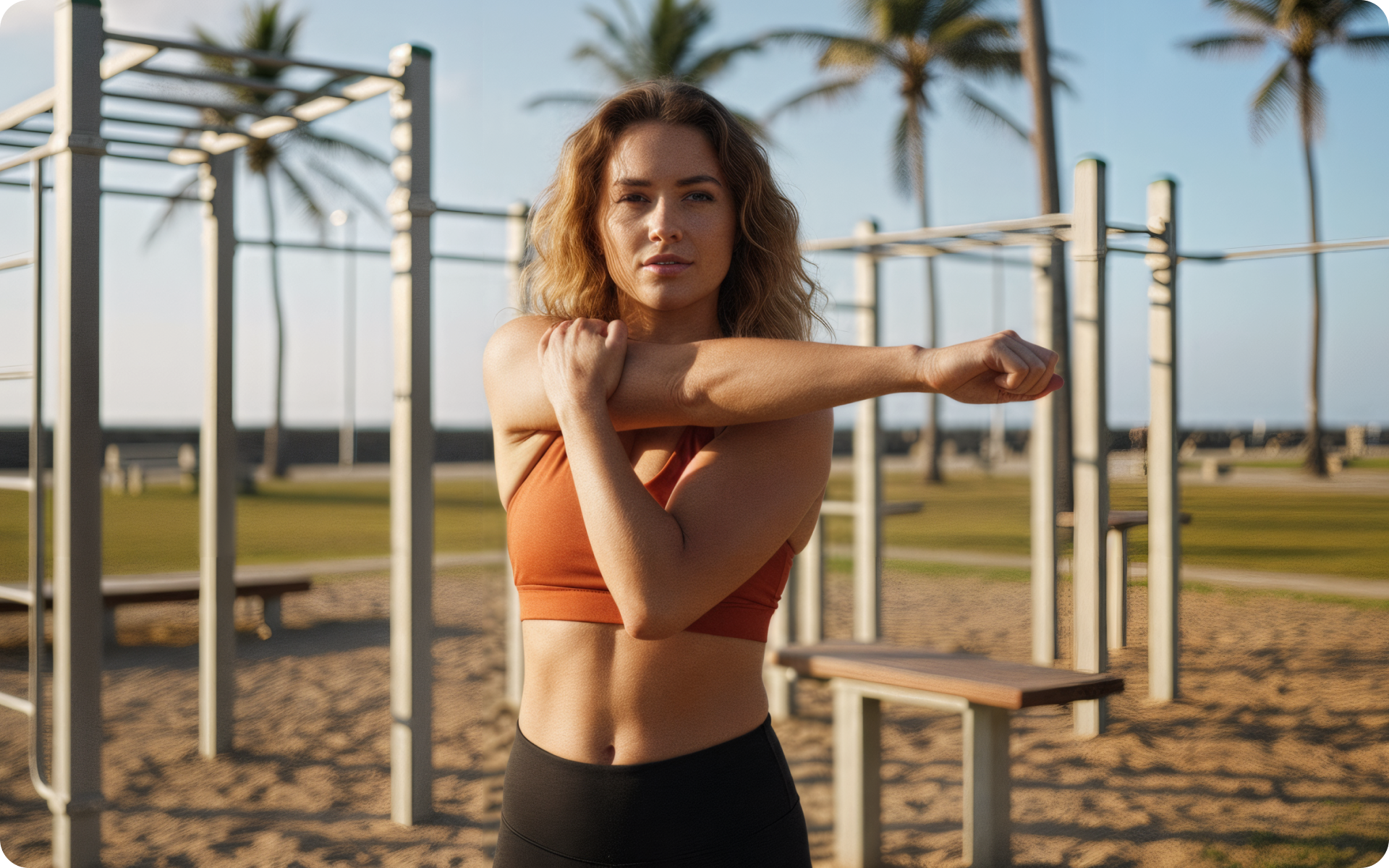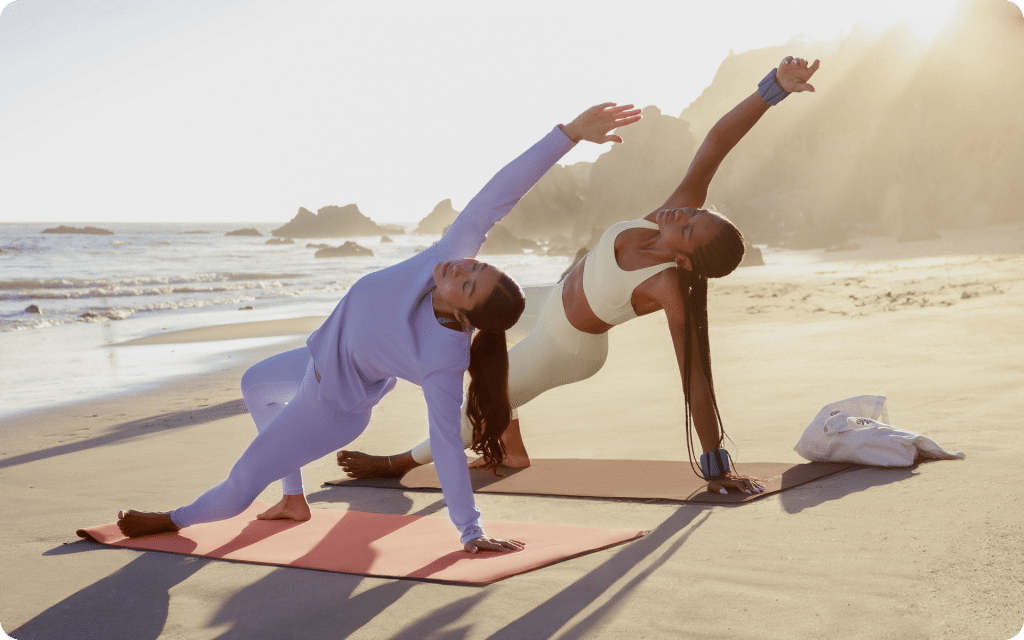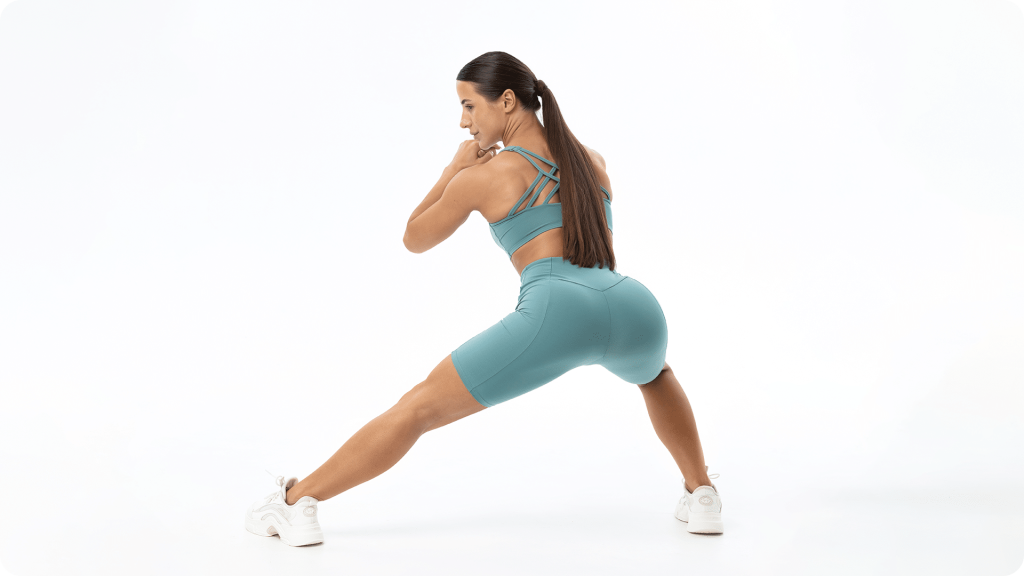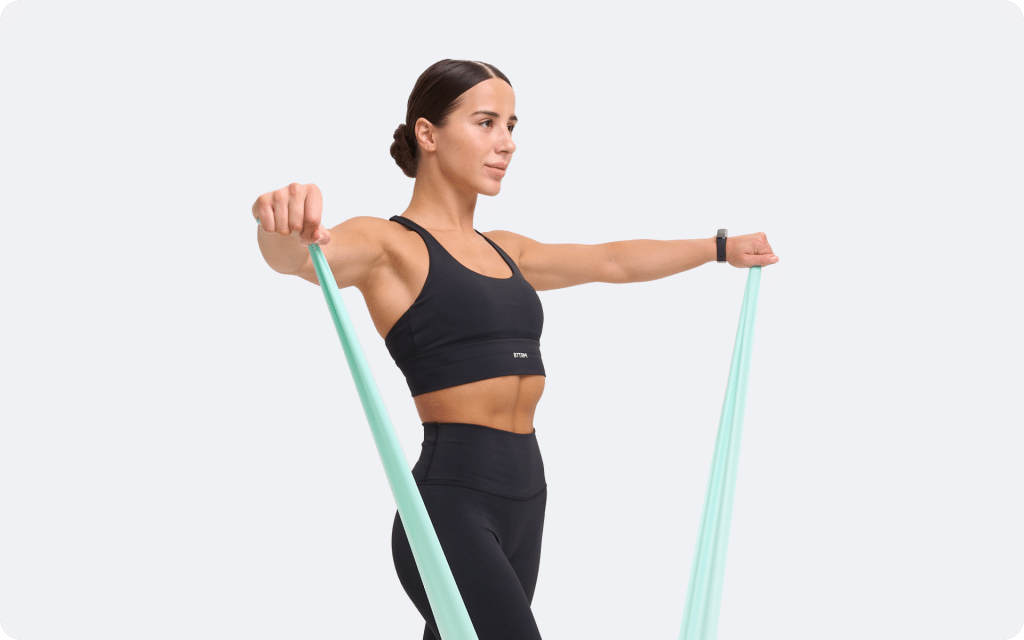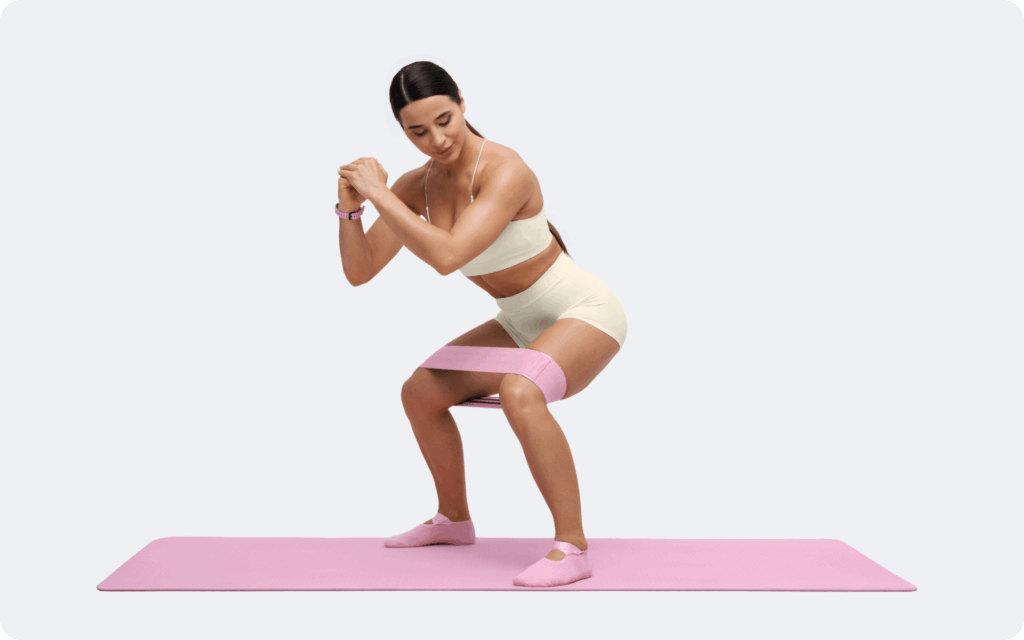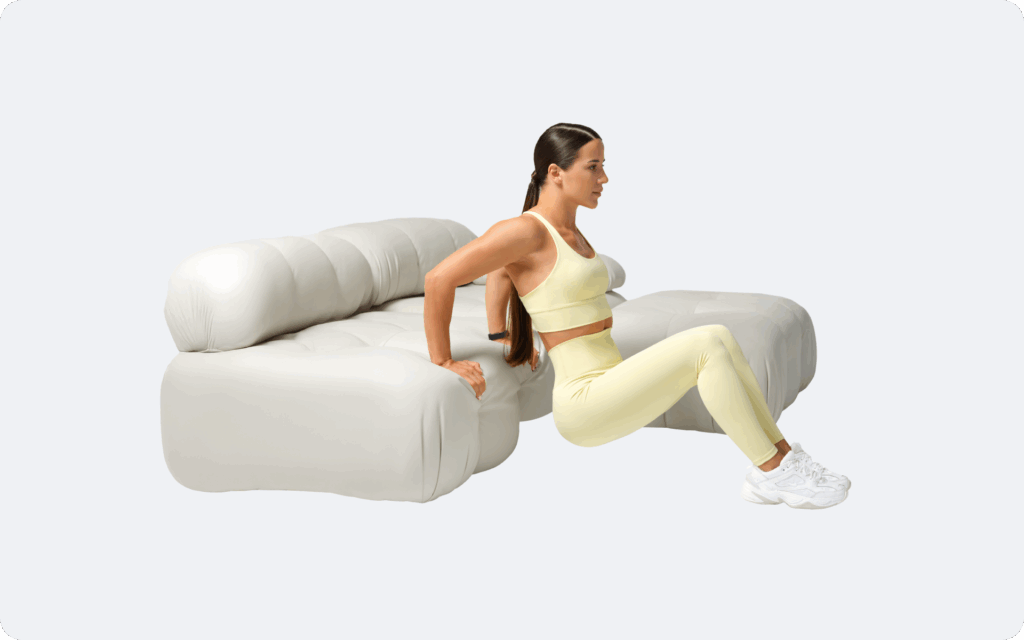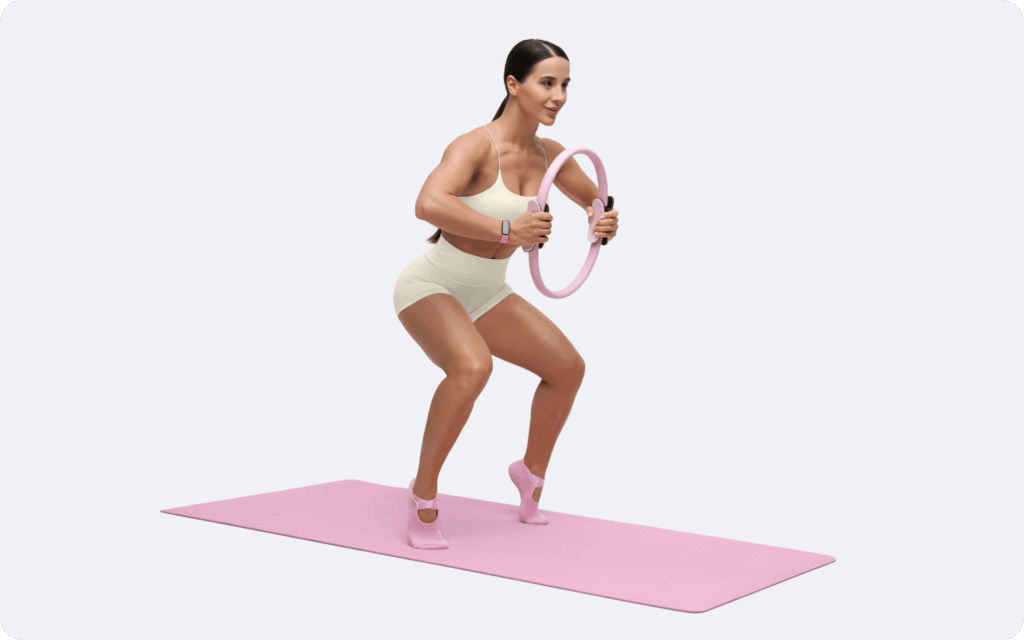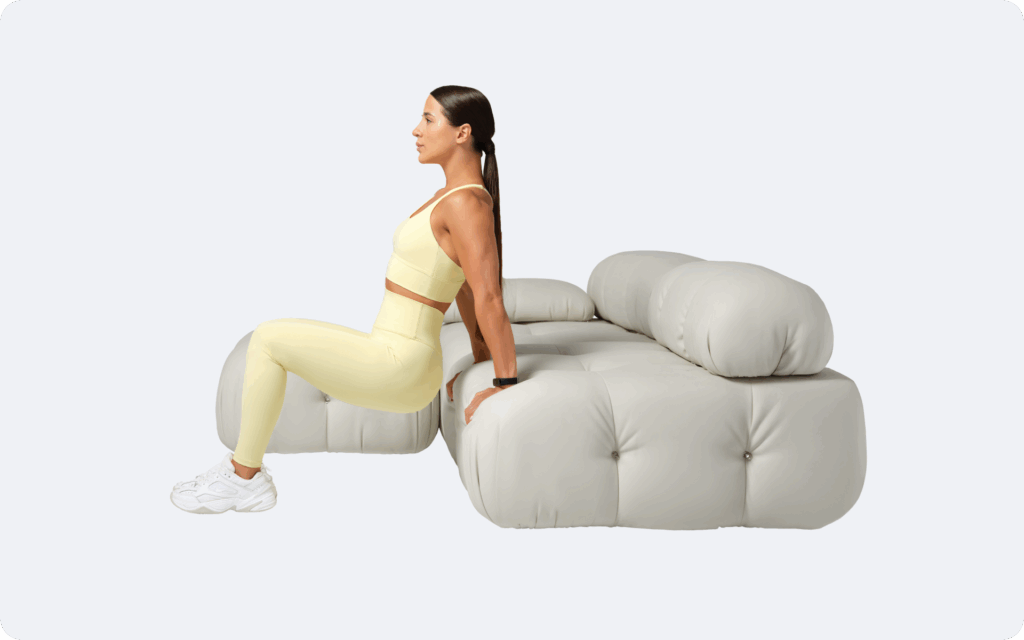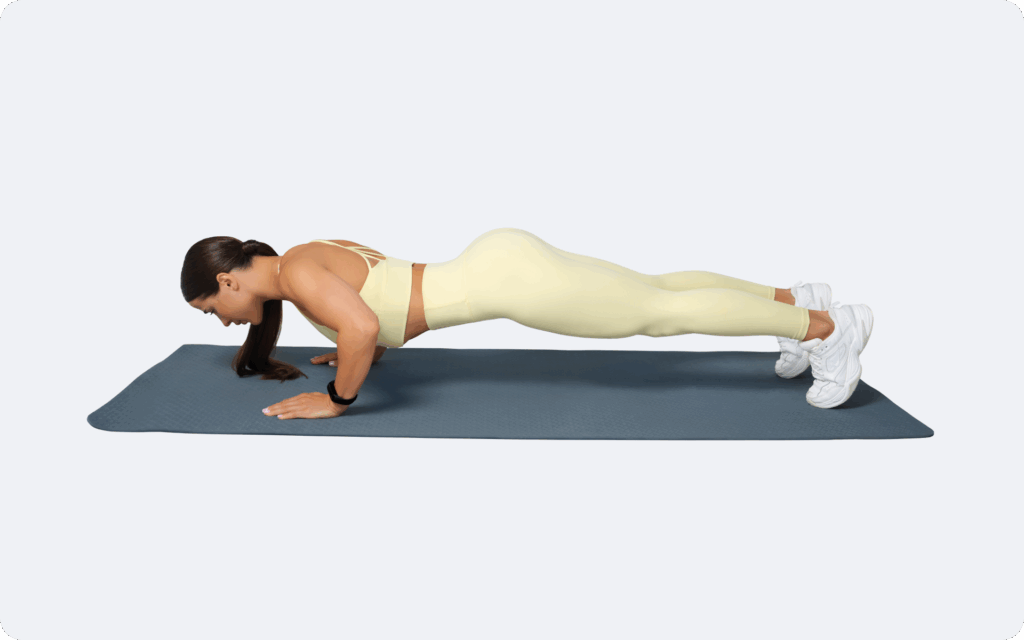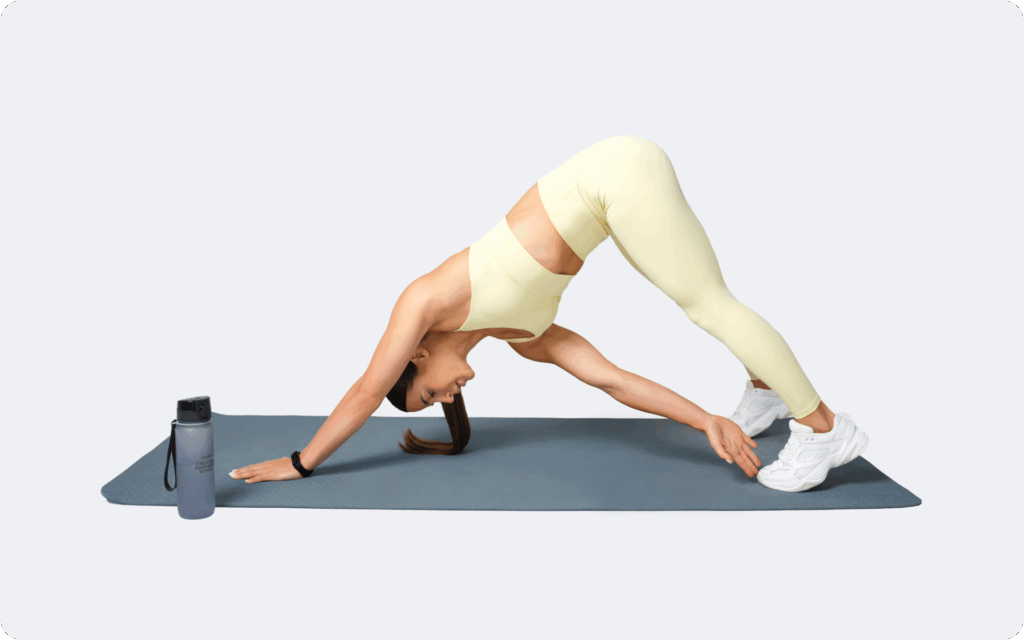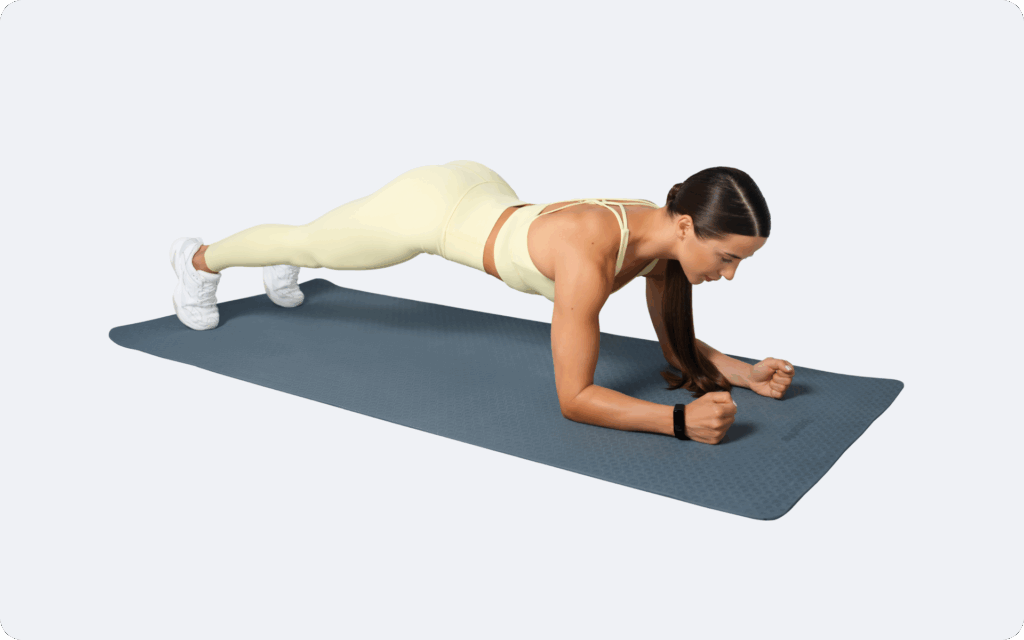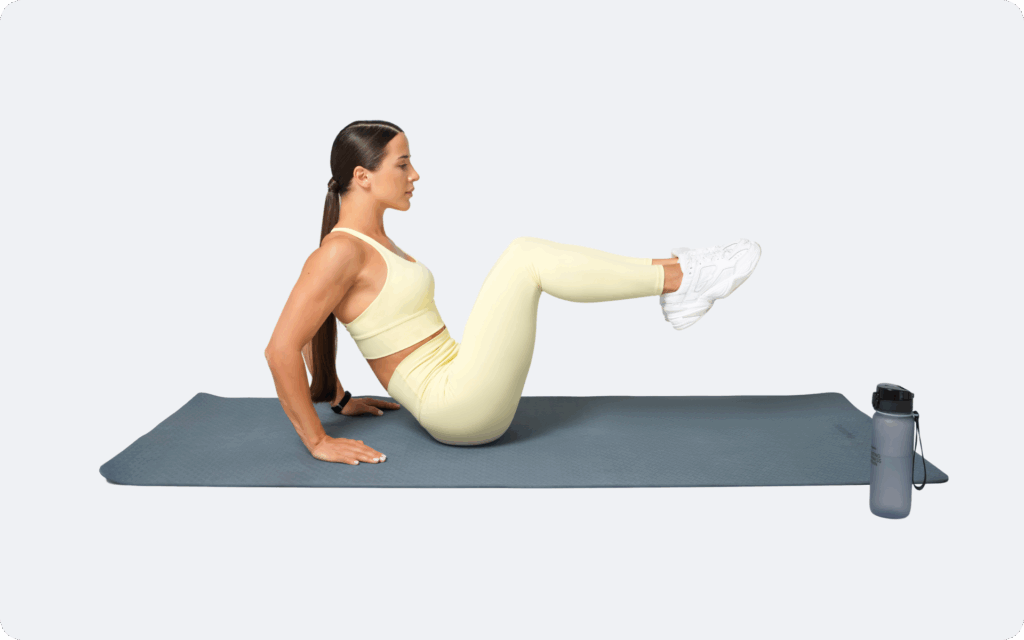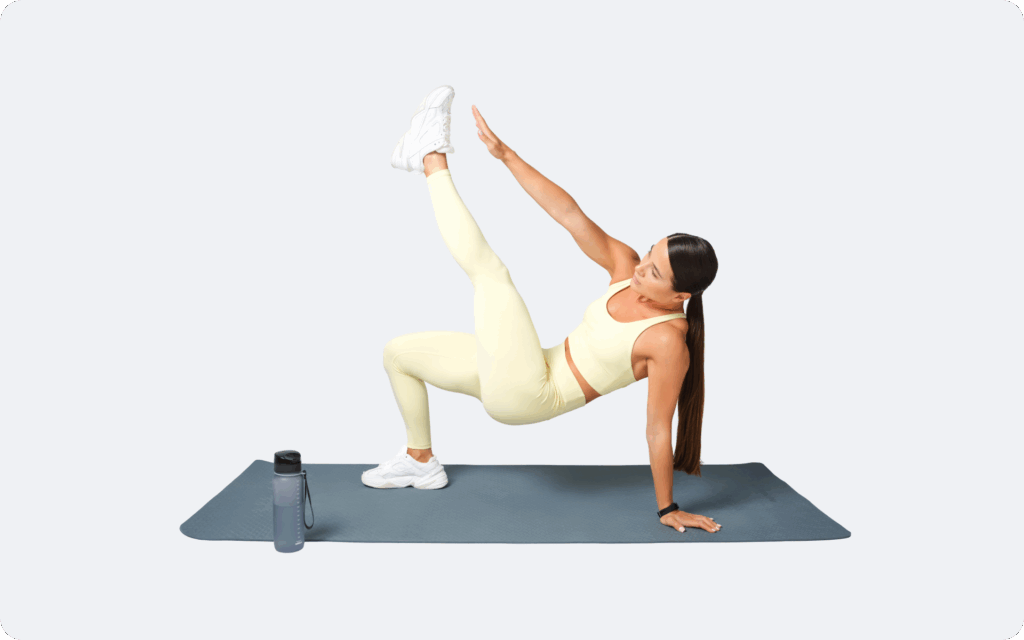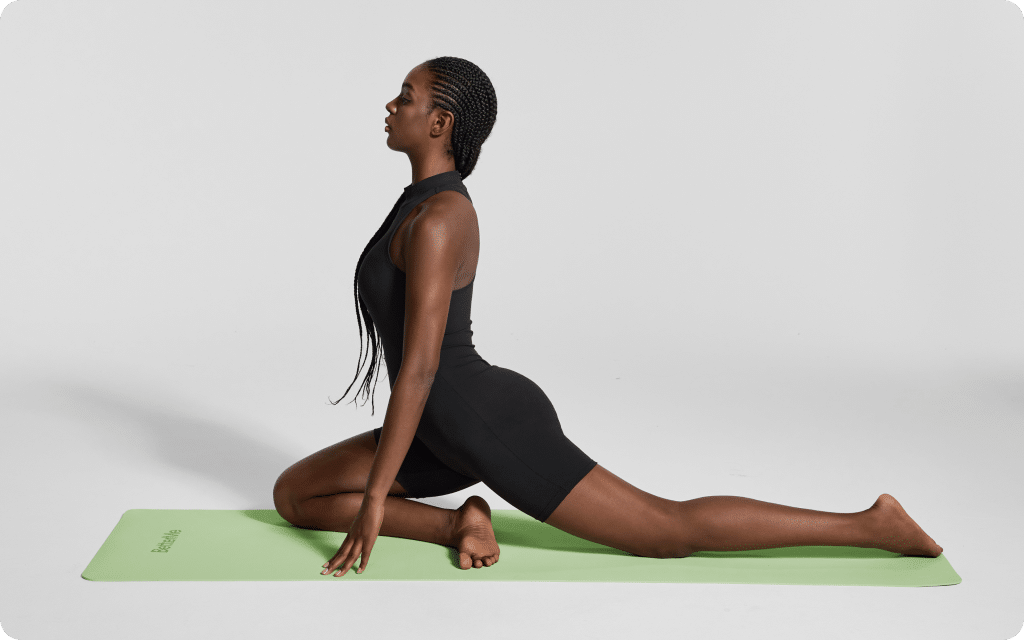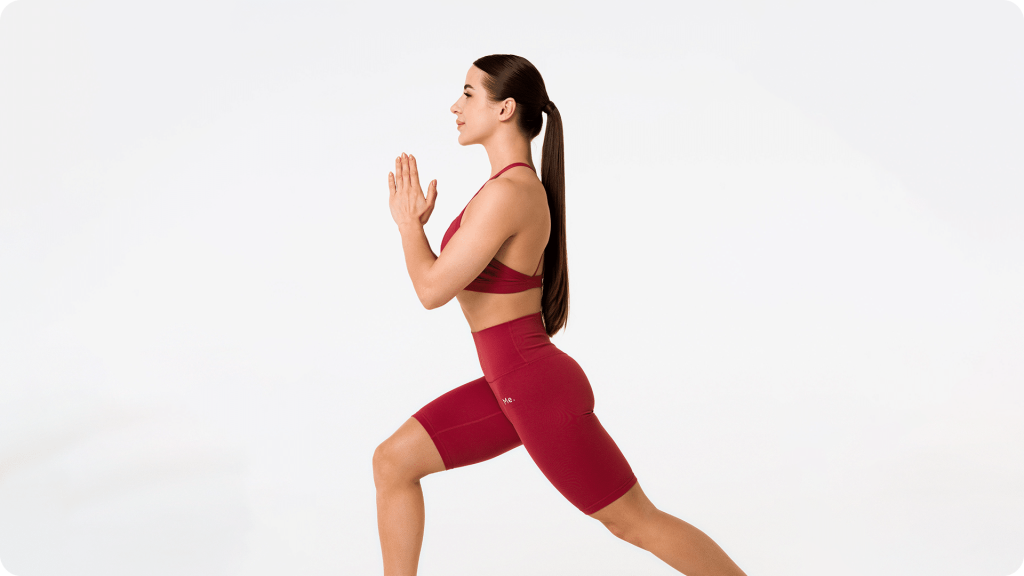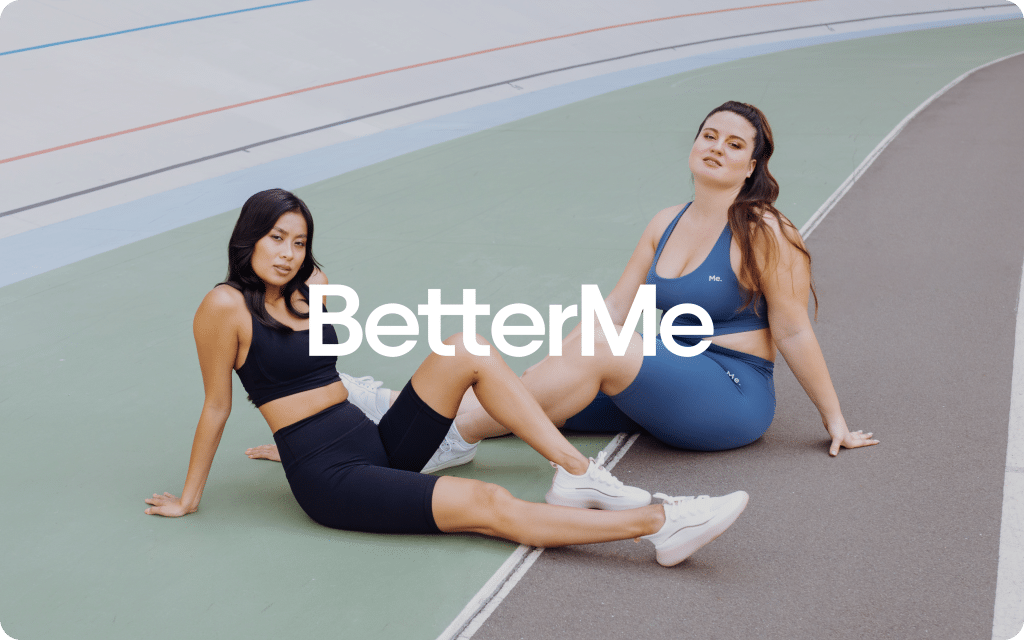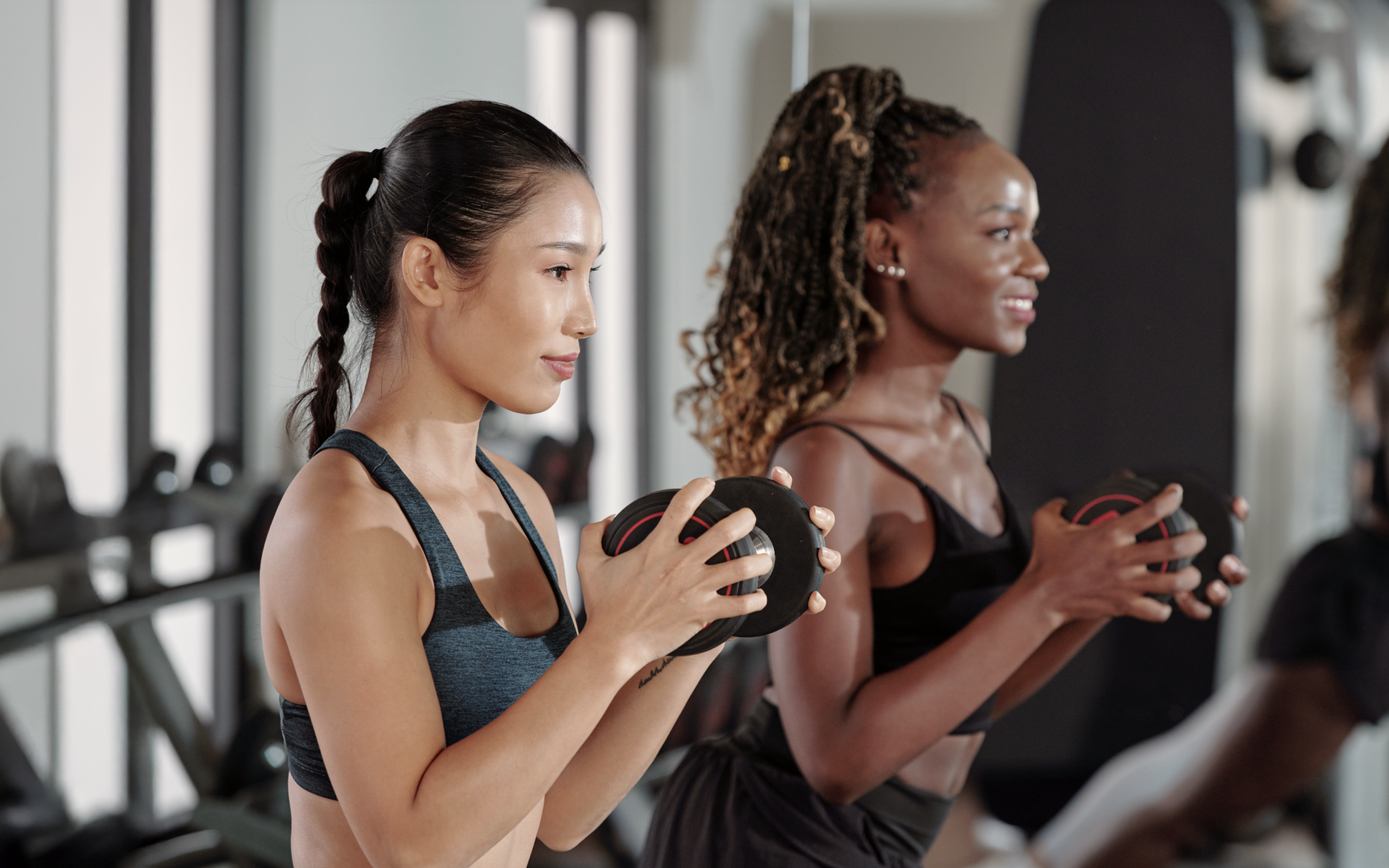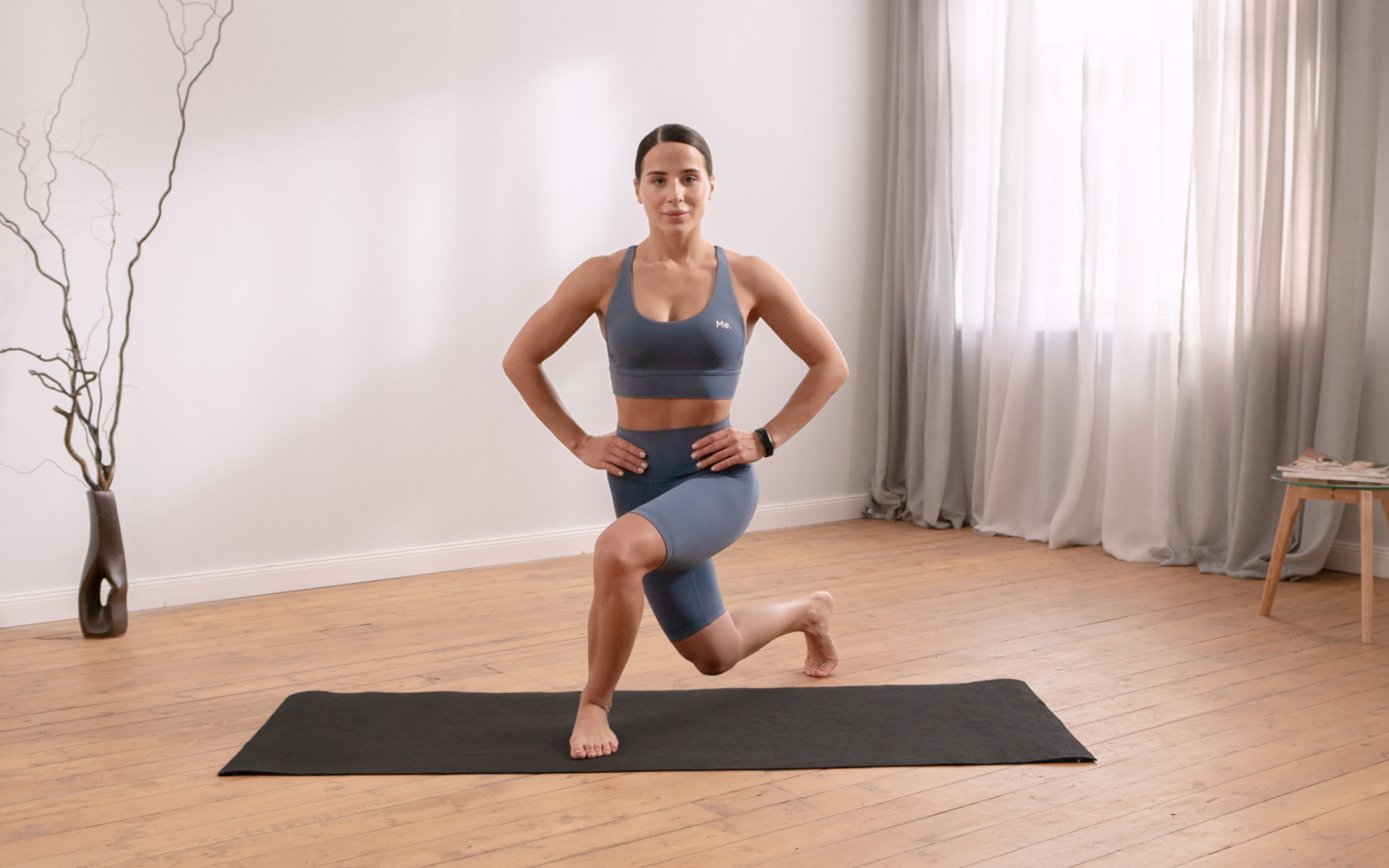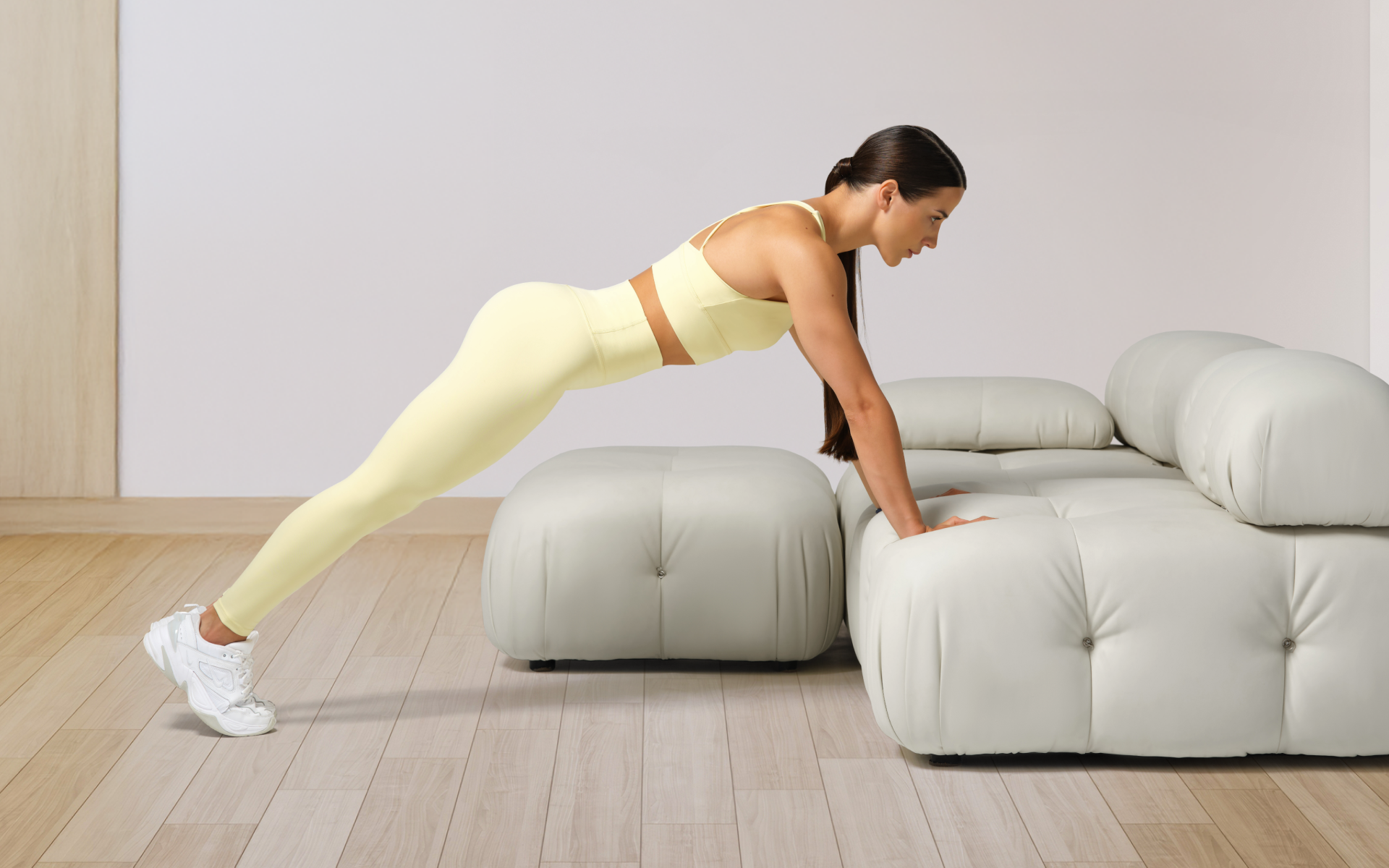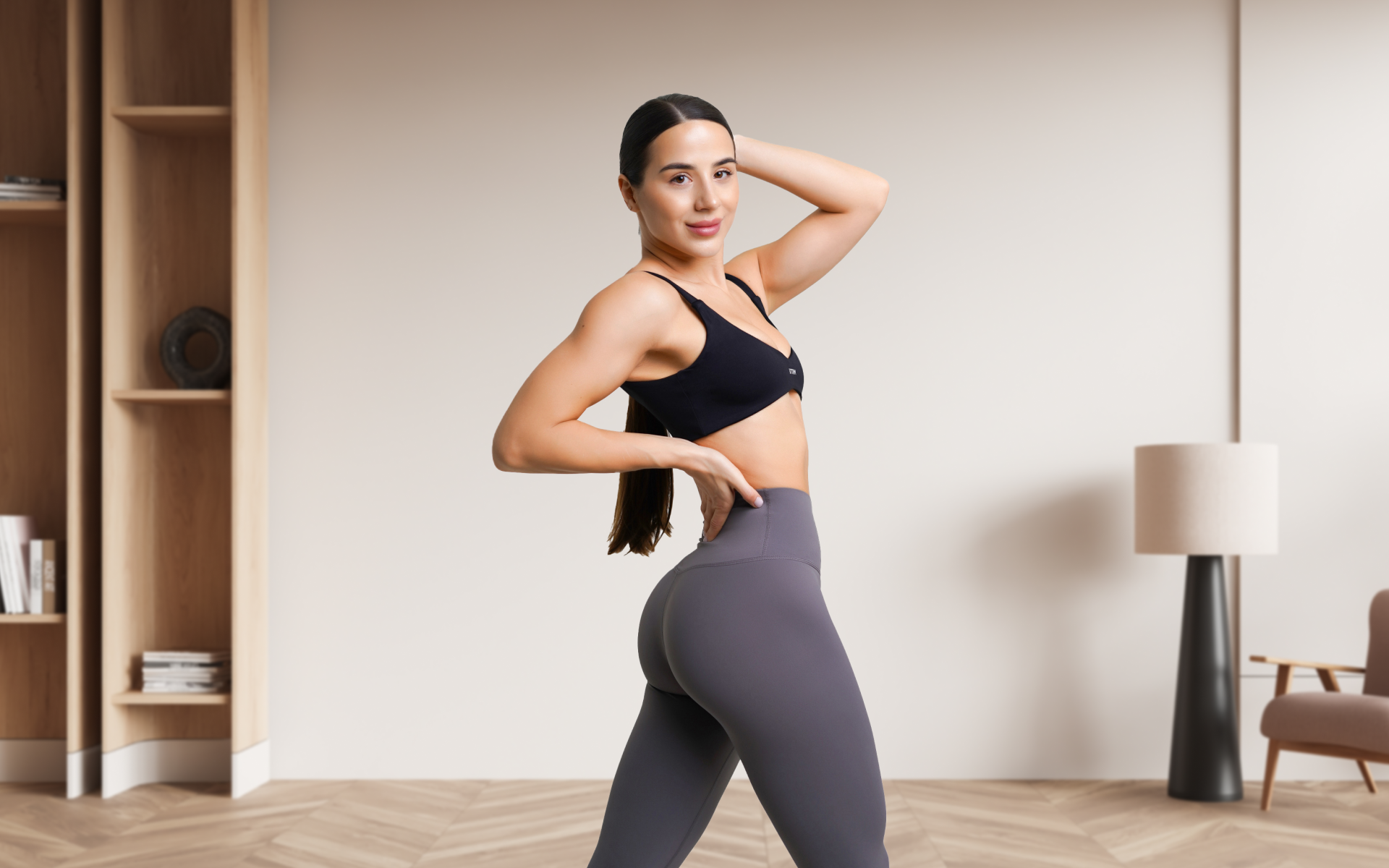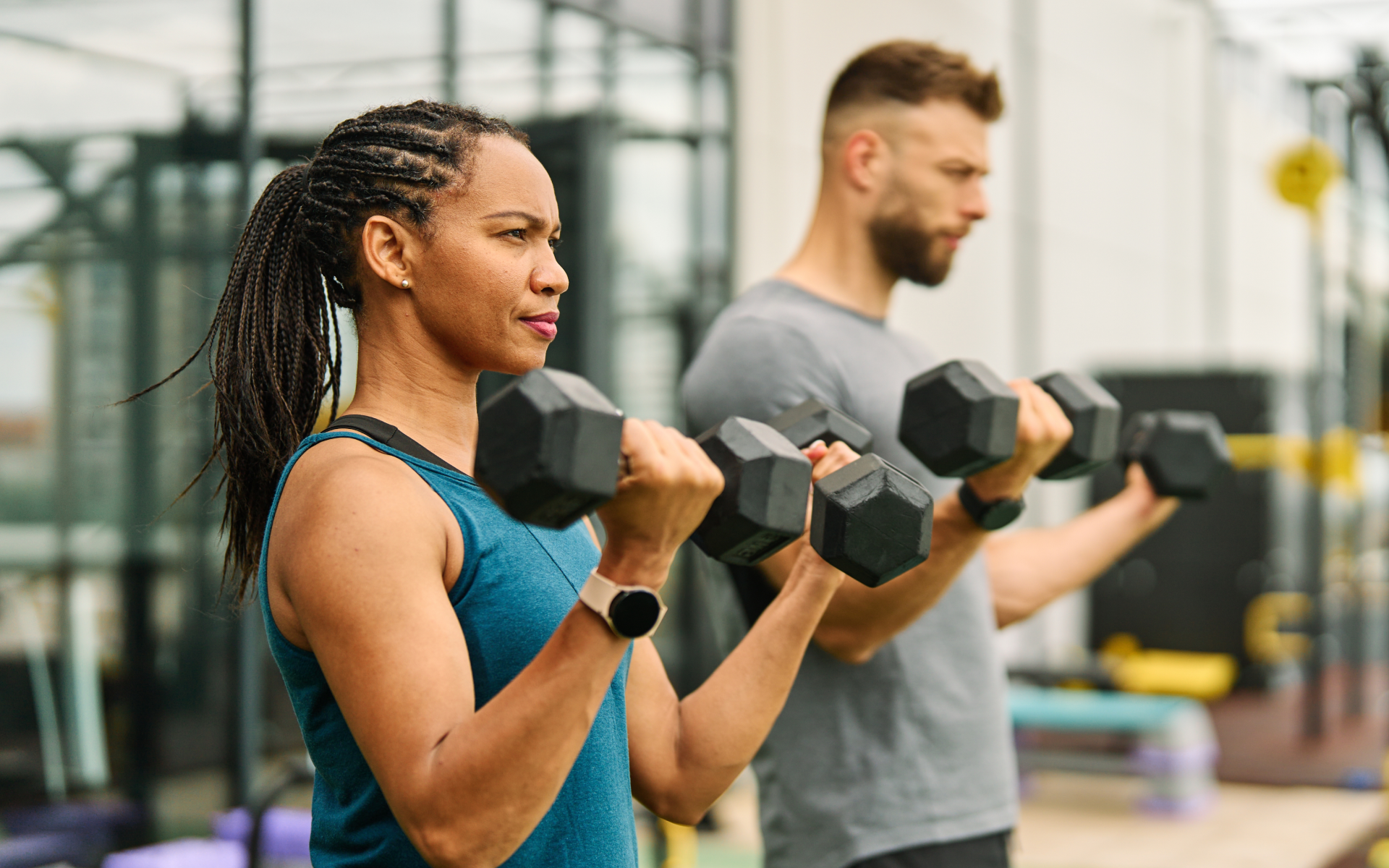Calisthenics represents one of the most accessible yet scientifically sound approaches to building strength and muscle.
Using only your bodyweight, you can develop impressive levels of functional strength while improving proprioception and kinesthetic control – skills that translate remarkably well to other forms of training.
This comprehensive guide will explore the principles behind effective calisthenics programming, examine its potential for full-body development, and provide you with a structured approach to designing your own routine.
Drawing from established protocols and neuroscience research, we’ll address common questions and misconceptions while giving you the tools to train intelligently and safely.
Does Calisthenics Train the Whole Body?
Calisthenics excels at full-body training through compound movements that engage multiple muscle groups simultaneously. Unlike isolation exercises that target single muscles, bodyweight movements require coordinated effort from your entire kinetic chain.
Take the humble push-up. While primarily targeting your chest, shoulders, and triceps, it simultaneously engages your core for stability, your legs for support, and your back muscles to maintain proper alignment (1).
This multi-muscle activation creates functional strength patterns that mirror real-world movement demands.
The key lies in exercise selection and progression. A well-designed calisthenics routine incorporates movements across all planes of motion:
- Horizontal pushing (push-ups, pseudo planche push-ups)
- Vertical pushing (dips, handstand push-ups)
- Horizontal pulling (rows, front levers)
- Vertical pulling (pull-ups, muscle-ups)
- Leg work (squats, single-leg variants)
- Core stability (planks, L-sits)
This approach ensures balanced development while addressing the body as an integrated system rather than isolated parts. Research supports that compound movements such as these produce superior strength gains and improved intermuscular coordination compared to single-joint exercises (2).
The progressive nature of calisthenics – advancing through increasingly challenging variations – provides continuous stimulus for adaptation (3). As you master basic movements, advanced progressions such as one-arm push-ups or pistol squats demand even greater full-body integration and neural control.
For those who are looking for comprehensive full-body development, calisthenics offers an elegant solution that builds both strength and movement quality.
Consider incorporating a basic full-body workout to experience these benefits firsthand.
Read more: Full-Body Calisthenics Workout Plan For Beginners (Complete Guide)
Can You Get Ripped by Only Doing Calisthenics?
The lean, muscular physiques commonly associated with calisthenics practitioners often spark this question. While calisthenics can contribute to a “ripped” appearance, the relationship is more nuanced than it initially appears.
Body composition – the ratio of muscle to fat – determines how defined your muscles appear. Calisthenics influences both sides of this equation, but not always in the ways you may expect.
The Muscle-Building Component
Similar to traditional weight training, calisthenics builds muscle through progressive overload (3). However, the mechanism differs. Instead of adding external weight, you increase the difficulty by adjusting leverage, range of motion, and movement complexity.
Upper-body development responds particularly well to calisthenics. The varied pulling and pushing patterns stimulate muscle growth while developing the stabilizing muscles often neglected in gym-based training.
Lower-body gains are possible but may plateau sooner due to the legs’ inherent strength – they often require additional load beyond bodyweight for continued growth.
The Fat Loss Factor
Here’s where correlation doesn’t equal causation. Calisthenics practitioners often display low body fat percentages, but this stems from several interconnected factors:
- Movement volume: Calisthenics training typically involves high movement volume, contributing to energy expenditure.
- Skill requirements: Advanced movements demand consistent practice, which encourages regular training habits.
- Community culture: The calisthenics community often emphasizes functional movement and overall health, influencing lifestyle choices.
- Training accessibility: The ability to train anywhere removes barriers to consistency.
BetterMe: Health Coaching app helps you achieve your body goals with ease and efficiency by helping to choose proper meal plans and effective workouts. Start using our app and you will see good results in a short time.
The Reality Check
Fat loss still requires a caloric deficit – burning more calories than you consume (4). Calisthenics can support this through energy expenditure and muscle preservation during weight loss, but it can’t override poor nutritional choices.
The “ripped” physiques you see in calisthenics often result from dedicated nutrition practices combined with consistent training. The discipline that is required to master advanced bodyweight skills frequently translates to disciplined eating habits.
In addition, the functional nature of calisthenics tends to build dense, well-proportioned muscle rather than excessive bulk. This creates the athletic aesthetic that many people find appealing.
For optimal body composition changes, combine your full-body calisthenics workout with appropriate nutrition strategies and adequate recovery protocols.
What Is the Best Full-Body Calisthenics Workout?
Based on established protocols from movement specialists and strength coaches, here’s a comprehensive full-body routine that is designed for progressive development:
Warm-Up (5-10 minutes)
- Yuri’s shoulder band warm-up
- Squat sky reaches (10 reps)
- GMB wrist prep (30 seconds)
- Deadbugs (10 reps per side)
Strength Work (40-60 minutes)
Pair 1: Lower-Body Power + Upper-Body Pull
- Squat progression: 3 sets x 5-8 reps
- Pull-up progression: 3 sets x 5-8 reps
- Rest for 90 seconds between exercises
Pair 2: Posterior Chain + Upper-Body Push (Vertical)
- Hinge progression: 3 sets x 5-8 reps
- Dip progression: 3 sets x 5-8 reps
- Rest for 90 seconds between exercises
Pair 3: Upper-Body Push (Horizontal) + Upper-Body Pull (Horizontal)
- Push-up progression: 3 sets x 5-8 reps
- Row progression: 3 sets x 5-8 reps
- Rest for 90 seconds between exercises
Core Triplet
- Anti-extension: 3 sets x 8-12 reps
- Anti-rotation: 3 sets x 8-12 reps
- Extension: 3 sets x 8-12 reps
- Rest for 60 seconds between exercises
Squat Progression
The squat forms the foundation of lower-body strength, targeting your quadriceps, glutes, and core while improving hip and ankle mobility (5).
Start with your feet shoulder-width apart and your toes slightly outward. Initiate the movement by pushing your hips back as if sitting into a chair.
Keep your chest up and your core engaged as you lower until your thighs are parallel to the floor. Drive through your heels to return to standing.
Progression Path: Assisted squats → Bodyweight squats → Bulgarian split squats → Pistol squats
Pull-up Progression
Pull-ups develop your latissimus dorsi, rhomboids, rear deltoids, and biceps while strengthening your grip and core stability (6).
Begin hanging from a bar with your hands slightly wider than shoulder-width apart, using an overhand grip.
Engage your core to prevent swinging. Pull your body upward by driving your elbows down and back, focusing on squeezing your shoulder blades together. Continue until your chin clears the bar, then lower with control.
Progression Path: Scapular pulls → Arch hangs → Negative pull-ups → Full pull-ups → Weighted pull-ups
Reasons why BetterMe is a safe bet: a wide range of calorie-blasting workouts, finger-licking recipes, 24/7 support, challenges that’ll keep you on your best game, and that just scratches the surface! Start using our app and watch the magic happen.
Hinge Progression
Hip hinge movements target your posterior chain – glutes, hamstrings, and lower back – while teaching proper movement patterns for daily activities (7).
Stand with your feet hip-width apart. Push your hips back while maintaining a neutral spine, allowing your torso to tip forward naturally.
Feel the stretch in your hamstrings as you hinge. Reverse the movement by driving your hips forward to return to standing.
Progression Path: Romanian deadlift → Single-leg deadlift → Banded Nordic curl negatives → Nordic curls
Dip Progression
Dips primarily target your triceps, anterior deltoids, and lower chest while demanding significant core stability and shoulder mobility (8).
Begin supporting your bodyweight on parallel bars or stable surfaces with your arms extended. Lower your body by bending your elbows, keeping them close to your sides. Descend until you feel a stretch in your chest, then press back to the starting position.
Progression Path: Parallel bar support hold → Negative dips → Full dips → Weighted dips
Push-up Progression
Push-ups develop your chest, shoulders, and triceps while requiring full-body tension and core stability throughout the movement (1).
Start in a plank position with your hands slightly wider than shoulder-width apart. Maintain a straight line from your head to your heels as you lower your chest toward the ground. Press back to the starting position while keeping your core engaged.
Progression Path: Vertical push-ups → Incline push-ups → Full push-ups → Diamond push-ups → Pseudo planche push-ups
Row Progression
Rows balance your pushing movements by strengthening your rhomboids, middle traps, rear delts, and biceps while improving posture (9).
Set up under a bar or use suspension straps. Start with your body at an angle and your arms extended. Pull your chest toward the bar by driving your elbows back and squeezing your shoulder blades together. Lower with control to the starting position.
Progression Path: Vertical rows → Incline rows → Horizontal rows → Wide rows → Weighted inverted rows
For those who are new to structured training, this routine provides an excellent foundation. More experienced practitioners can explore advanced variations within each full-body workout at home without equipment framework.
Read more: The Complete Guide to Full-Body, No-Equipment Calisthenics Workouts
What Is an Effective Calisthenics Workout Full-Body Routine?
Programming effective calisthenics routines requires understanding several key principles that drive adaptation and prevent plateaus.
- Exercise Selection Strategy
Choose movements that address all major movement patterns while considering your current ability level. The human body functions through six primary patterns: squat, hinge, lunge, push (horizontal and vertical), pull (horizontal and vertical), and locomotion.
Your routine should include at least one exercise from each category to ensure balanced development. This approach prevents muscle imbalances while building functional strength that can be transferred to daily activities and sports performance.
- Progressive Overload Implementation
Unlike traditional weightlifting where you add more weights, calisthenics progression occurs through leverage manipulation, range of motion increases, and movement complexity advancement.
Start with a variation you can perform for 3 sets of 5 quality repetitions. Gradually increase the number of repetitions until you reach 3 sets of 8. Once achieved, advance to the next progression level and return to 3 sets of 5.
This rep range optimizes the strength-endurance continuum while allowing adequate recovery between sessions (10). The neuromuscular adaptations that occur in this range build both strength and movement quality.
- Pairing and Sequencing
Organize exercises in pairs or triplets to maximize training efficiency while allowing adequate recovery. Pair opposing movement patterns (push/pull) or different body regions (upper/lower) to maintain performance quality throughout your session.
For example, pairing squats with pull-ups allows your legs to recover while your upper body works, and vice versa. This approach reduces total workout time while maintaining training intensity.
- Recovery Integration
Program rest periods strategically based on the demands of each exercise pairing. Complex movements that require high neural drive need longer recovery periods (90 seconds to 3 minutes) than isolation-style exercises (60-90 seconds) (11).
Listen to your body’s feedback signals. If movement quality deteriorates or you can’t maintain proper form, extend rest periods or reduce training volume. Quality always trumps quantity in skill-based training.
- Periodization Principles
Implement planned variation in your training to prevent staleness and promote continued adaptation. Cycle through different rep ranges, exercise variations, and training volumes every 4-8 weeks.
This may involve spending several weeks focused on strength (lower reps, harder progressions) followed by periods emphasizing endurance (higher reps, moderate progressions) or skill development (technique refinement, new movement patterns).
How Long Should a Full-Body Calisthenics Workout Be?
Optimal workout duration depends on several factors, including your training experience, available recovery capacity, and session objectives. Research has suggested that most individuals benefit from sessions that last 45-75 minutes (12).
Beginner Guidelines (30-45 minutes)
New practitioners should prioritize movement quality over duration. A shorter session that focuses on fundamental patterns allows better concentration on technique while preventing overwhelming fatigue that could compromise form.
Start with abbreviated routines featuring 1-2 exercises per movement pattern. As your work capacity improves and movement patterns become more automatic, gradually extend the session length.
Intermediate Duration (45-60 minutes)
Experienced practitioners can handle increased training volume and complexity. This duration allows adequate warm-up, comprehensive strength work, and targeted skill practice without excessive fatigue accumulation.
The sweet spot for most people falls within this range, providing sufficient stimulus for adaptation while maintaining recovery between sessions.
Advanced Considerations (60-75 minutes)
Advanced practitioners may require longer sessions to address multiple training goals simultaneously – strength, skill work, and conditioning. However, sessions that exceed 75 minutes often produce diminishing returns due to fatigue-induced performance decrements.
Quality vs. Quantity
Session effectiveness matters more than duration. A focused 30-minute workout with quality movement patterns produces superior results compared to a scattered 90-minute session lacking intensity or direction.
Monitor your energy levels, motivation, and movement quality throughout sessions. When these decline significantly, conclude your workout regardless of planned duration.
Consider your lifestyle constraints as well. Consistency with shorter, high-quality sessions trumps sporadic lengthy workouts that prove unsustainable over time.
Is It Okay to Do Full-Body Calisthenics Every Day?
Daily calisthenics training can be beneficial when programmed intelligently, but requires careful attention to volume, intensity, and recovery markers.
The Recovery Imperative
Muscle protein synthesis – the process building new muscle tissue – requires 24-48 hours to complete (13). Training the same muscle groups at high intensity daily can interfere with this process, potentially hindering rather than helping your progress.
However, calisthenics offers unique advantages for frequent training. The skill component of many movements allows for daily practice at submaximal intensities, similar to how musicians practice their instruments daily without overuse injuries.
Smart Daily Training Approaches
If training daily appeals to you, consider these strategies:
Intensity Cycling: Alternate between high-intensity strength sessions and low-intensity skill practice. Hard training days stress your system while easy days promote recovery and movement refinement.
Movement Segmentation: Focus on different movement patterns each day. Upper-body emphasis one day, lower-body the next, with core work sprinkled throughout, prevents excessive stress on any single system.
Volume Modulation: Reduce total training volume when increasing frequency. Instead of three 60-minute sessions weekly, consider six 30-minute sessions with equivalent total volume.
Biofeedback Monitoring
Pay attention to your body’s signals when training frequently. Declining performance, persistent fatigue, mood changes, or increased injury susceptibility suggest excessive stress accumulation.
Implement objective measures such as grip strength testing, sleep quality tracking, or heart rate variability monitoring to guide training decisions. These metrics often reveal overreaching before subjective symptoms appear.
The Minimum Effective Dose
Remember that more isn’t always better. The minimum effective dose – the smallest amount of training producing your desired adaptations – often proves more sustainable long-term than maximum tolerable training loads.
For most individuals, 3-4 quality sessions per week with strategic rest days optimize the training-recovery balance while maintaining motivation and movement quality.
Calisthenics contributes to overall fat loss through energy expenditure and muscle preservation, but as with all forms of exercise, it can’t specifically target abdominal fat. Fat loss occurs systemically based on genetics, hormones, and overall energy balance. The compound movements in calisthenics training burn significant calories both during exercise and through elevated post-exercise oxygen consumption. In addition, maintaining muscle mass during weight loss ensures fat comprises the majority of weight that is lost rather than valuable muscle tissue. Combine calisthenics training with appropriate nutrition strategies and adequate sleep for optimal body composition changes. Both calisthenics and gym training offer unique advantages depending on your goals, preferences, and circumstances. Calisthenics excels in convenience, functional movement patterns, and relative strength development. Gym training provides superior absolute strength potential and easier progressive overload for muscle growth. Upper-body development responds equally well to both approaches. Lower-body development may favor gym training due to the loading limitations of bodyweight exercises for stronger individuals. Consider your priorities: functional movement and convenience favor calisthenics, while maximum muscle growth and absolute strength favor traditional weight training. Full-body routines benefit beginners and those with limited training frequency by ensuring each muscle group receives attention multiple times weekly. Push-pull-legs splits allow greater training volume per muscle group and more exercise variety, but they require higher training frequency for optimal results. Full-body training suits those who train 2-4 times weekly, while push-pull-legs benefits those who train 4-6 times weekly. Both approaches can produce excellent results when programmed appropriately. Choose based on your schedule, recovery capacity, and training preferences rather than any presumed superiority of either approach. Daily full-body training at high intensities typically leads to overreaching, performance decrements, and increased injury risk due to inadequate recovery between sessions. However, daily training at moderate intensities with proper volume management can enhance skill development and work capacity. Monitor performance metrics, sleep quality, motivation levels, and subjective fatigue when training frequently. Implement deload weeks every 4-6 weeks to promote supercompensation and prevent overuse injuries. Consider alternating between strength-focused and skill-focused sessions to balance stress and recovery while maintaining daily movement practice.Frequently Asked Questions
Does calisthenics burn belly fat?
Is calisthenics better than gym?
Is a full-body split better than a push-pull-legs split?
What will happen if I train full-body every day?
The Bottom Line
Calisthenics offers a scientifically sound, accessible approach to building functional strength and improving movement quality.
Start with fundamental movement patterns, progress systematically through increasingly challenging variations, and listen to your body’s feedback signals. Consistency with quality movement trumps sporadic high-intensity efforts that compromise form or recovery.
DISCLAIMER:
This article is intended for general informational purposes only and does not serve to address individual circumstances. It is not a substitute for professional advice or help and should not be relied on for making any kind of decision-making. Any action taken as a direct or indirect result of the information in this article is entirely at your own risk and is your sole responsibility.
BetterMe, its content staff, and its medical advisors accept no responsibility for inaccuracies, errors, misstatements, inconsistencies, or omissions and specifically disclaim any liability, loss or risk, personal, professional or otherwise, which may be incurred as a consequence, directly or indirectly, of the use and/or application of any content.
You should always seek the advice of your physician or other qualified health provider with any questions you may have regarding a medical condition or your specific situation. Never disregard professional medical advice or delay seeking it because of BetterMe content. If you suspect or think you may have a medical emergency, call your doctor.
SOURCES:
- Pushups (n.d., physio-pedia.com)
- Compound Exercises (n.d., physio-pedia.com)
- Effect of Progressive Calisthenic Push-up Training on Muscle Strength and Thickness (2018, journals.lww.com)
- Fat Loss Depends on Energy Deficit Only, Independently of the Method for Weight Loss (2007, karger.com)
- A Biomechanical Review of the Squat Exercise: Implications for Clinical Practice (2024, pmc.ncbi.nlm.nih.gov)
- Electromyographic analysis of muscle activation during pull-up variations (2017, sciencedirect.com)
- Hip Hinge (n.d., physio-pedia.com)
- Bench, Bar, and Ring Dips: Do Kinematics and Muscle Activity Differ? (2022, mdpi.com)
- Effect of Grip Width on Electromyographic Activity During the Upright Row (2013, journals.lww.com)
- Loading Recommendations for Muscle Strength, Hypertrophy, and Local Endurance: A Re-Examination of the Repetition Continuum (2021, mdpi.com)
- Effect of Different Interset Rest Intervals on Performance of Single and Multijoint Exercises With Near-Maximal Loads (2016, journals.lww.com)
- The Effect of Breaking Up Sedentary Time with Calisthenics on Neuromuscular Function: A Preliminary Study (2022, mdpi.com)
- Nutritional regulation of muscle protein synthesis with resistance exercise: strategies to enhance anabolism (2022, nutritionandmetabolism.biomedcentral.com)
